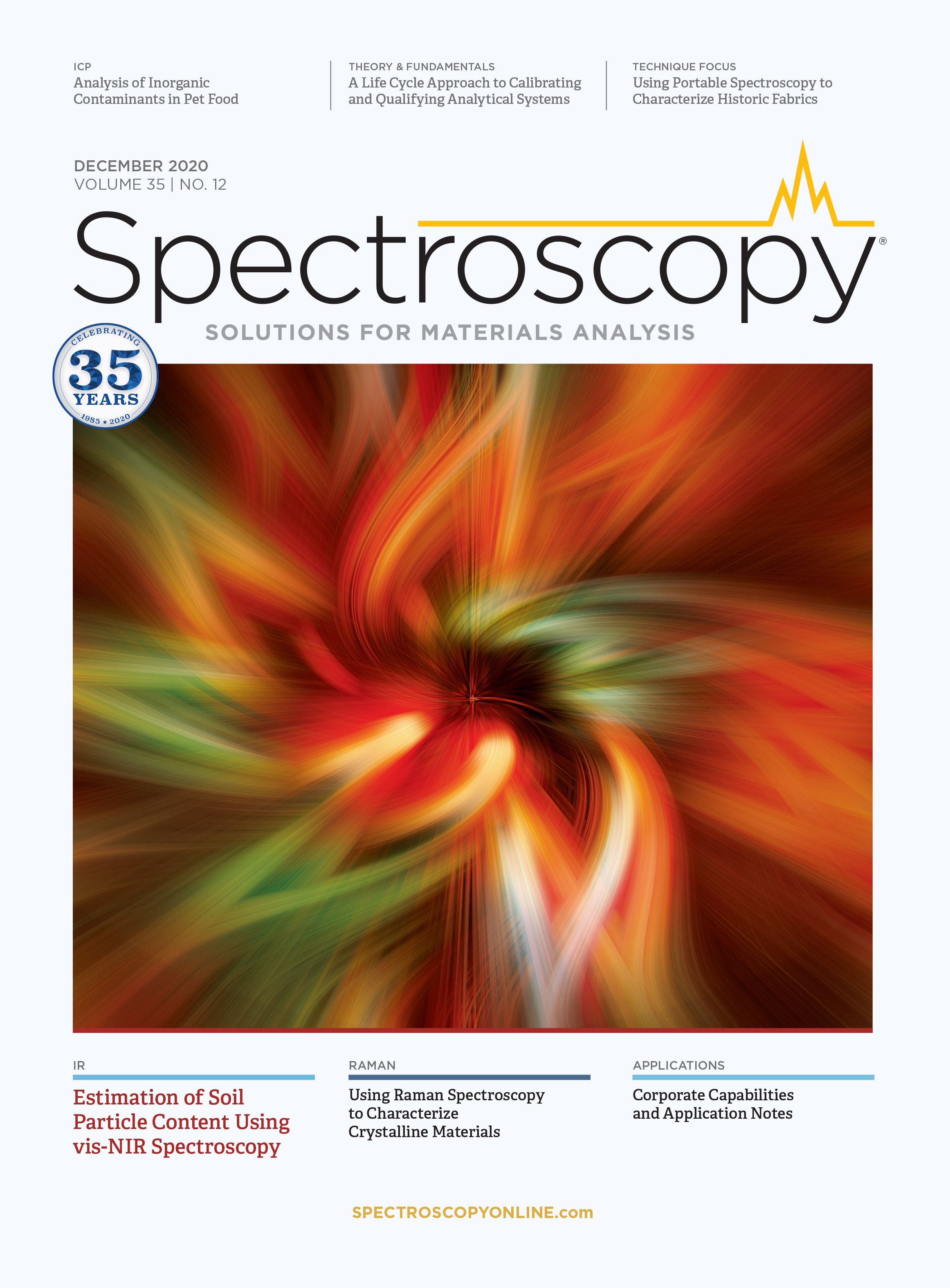Using Mobile Spectroscopic Instruments to Characterize Historic Artifacts
Chemistry can help us understand the past.
Non-destructive mobile spectroscopic instrumentation is proving useful for examining components of cultural heritage objects—such as fibers, pigments, dyes, and inks—for quantitative and qualitative results. Mary Kate Donais of Saint Anselm College, in Manchester, New Hampshire, recently conducted a study using portable spectroscopy techniques to characterize historic fabrics from a turn-of-the-19th century New England mill that belonged to the Amoskeag Manufacturing Company, one of the largest textile producers in the world at its prime. We recently spoke to Donais about this work.
How did the opportunity to examine these samples come about?
I attended an exhibit opening featuring locally made quilts at our local history museum. I spoke to the co-curator on the exhibit about our work with cultural heritage and portable spectroscopy, and she was intrigued. The museum’s director overhead our conversation, and mentioned the fabric sample books in the museum’s collections. We were all hooked!
What was the goal of this study?
Having access to both the handwritten dye recipes and the corresponding fabrics was a perfect coming together of history and chemistry. The first part of the project involved a history student examining the recipes, and doing the archival research to make some sense of them from a historic perspective. The next step was to examine the fabrics using spectroscopy to try to connect the chemical information to the written word. The terms used for dye production at the turn of the century are not those used today. So, verifying things through spectral information was our main goal.
Were there any challenges using Raman spectroscopy in the study?
Raman spectroscopy can damage more delicate materials, including natural fibers, if the laser power is too high. So, yes, we were concerned about using Raman to examine the fabrics. We were able to find some fabric scraps from the same time period to explore different instrument settings, and to make sure we didn’t cause any burn holes. As it turned out, however, we were not able to detect any Raman signal for the dyes. This is likely due to their low concentrations. Portable X-ray fluorescence (XRF) was much easier to use, and produced much more encouraging results. The biggest challenge with the XRF was its instrument window size, which allowed us to only examine certain fabrics with larger single-dye areas in the patterns.
What conclusions were you able to draw from these findings?
We have identified some specific fabric colors that have similar elemental profiles. For example, red, maroon, and brown fabrics all produced signals for iron. This suggests the possibility of a common iron-containing chemical within these dye processes.
What are your next steps in this work?
We need to follow up with a more careful examination of the dye recipes, and spend more time trying to link the spectroscopic information to the turn-of-the-19th-century terms and documented dye processes. Also, we had some success with Fourier transform infrared (FT-IR) microscopic analysis of a few of the dyes. While not a portable technique, the results are encouraging, and worth further efforts.
You have also studied pigments found on frescoes at various sites in Italy (1), as well as Roman glass studies (2). How did the challenge of these studies differ from the New England study?
Each different sample type has given our research team the opportunity to learn about a new cultural heritage material, and how best to approach its characterization. Each has had its own unique challenges. The fresco data were collected in a field laboratory, which had a lower level of control compared to a typical science laboratory. To better understand the Roman glasses, we needed access to instrumentation such as a micro-Raman spectrometer not available in our college’s laboratories. Collaboration with Peter Vandenabeele’s group at Gent University solved that situation.
References
(1) M.K. Donais, D. George, B. Duncan, S.M Wojtas, and A.M. Daigle, Anal. Methods 3(5), 1061–1071 (2011).
(2) M.K. Donais, J. Van Pevenage, A. Sparks, M. Redente, D.B. George, L. Moens, L. Vincze, and P. Vandenabeele, Appl. Phys. A 122(12), 1050 (2016).
Mary Kate Donais is a professor of chemistry at Saint Anselm College in Manchester, New Hampshire. ●

Nanometer-Scale Studies Using Tip Enhanced Raman Spectroscopy
February 8th 2013Volker Deckert, the winner of the 2013 Charles Mann Award, is advancing the use of tip enhanced Raman spectroscopy (TERS) to push the lateral resolution of vibrational spectroscopy well below the Abbe limit, to achieve single-molecule sensitivity. Because the tip can be moved with sub-nanometer precision, structural information with unmatched spatial resolution can be achieved without the need of specific labels.
Tomas Hirschfeld: Prolific Research Chemist, Mentor, Inventor, and Futurist
March 19th 2025In this "Icons of Spectroscopy" column, executive editor Jerome Workman Jr. details how Tomas B. Hirschfeld has made many significant contributions to vibrational spectroscopy and has inspired and mentored many leading scientists of the past several decades.